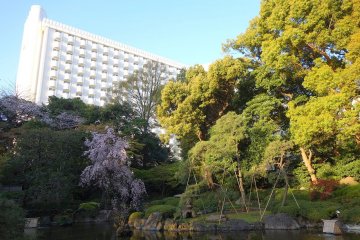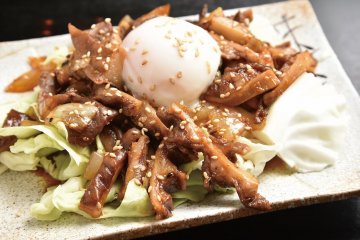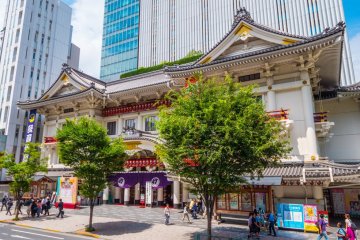After suffering damage during both the Great Kanto Earthquake of 1923 and the air raids of 1945, the garden was given over to the city and opened to the public in 1946. Today, Hamarikyu is one of the nine gardens in the Tokyo Metropolitan Garden system.
The garden encompasses 62 acres on the edge of the Tsukiji and Shiodome neighborhoods. The garden’s large pond is the only remaining seawater pond in Tokyo, and sluice gates in the garden regulate the water level based on the tide.
A beautiful spot for a restful break in the garden is the Nakajima Tea House, which sits on an island in the garden’s main pond. The teahouse serves a cup of green tea and a selection of traditional sweet to visitors who prefer to enjoy the views with a bit of a refreshment.
In recent years, the city has also made great strides in reconstructing several of the historic tea houses that formerly stood in the garden. Both the Matsu no ochaya (Pine Tea House) and the Tsubame no ochaya (Swallow Tea House) have been rebuilt and stand ready to welcome visitors.
While the park is beautiful in any season, it is particularly known for its February display of plum blossoms and nanohana (rapeseed). One of the most impressive plants in the garden, however, is the 300-year-old black pine right inside the main gate, whose beauty remains constant no matter the season.
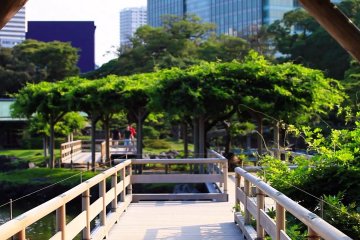

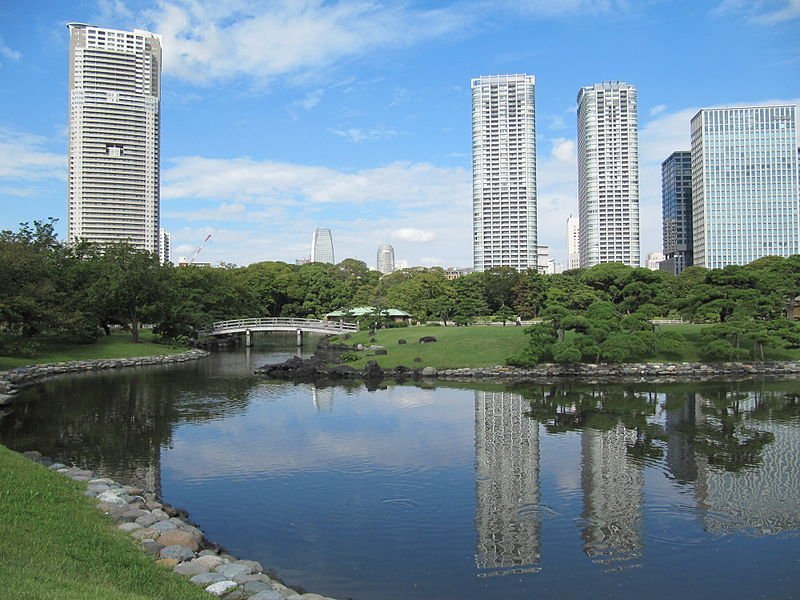
/139.76467229836,35.659086296968,9/397x132?access_token=pk.eyJ1IjoiamFwYW50cmF2ZWxtYXBzIiwiYSI6ImNqbXBtOXYxbDB5Z3ozbHFrazJuYWMwOGYifQ.v15fy_mcFWtgopmz8PhwqA)

![Dai-ichi Hotel Tokyo Seafort [Closed] Dai-ichi Hotel Tokyo Seafort [Closed]](https://a0.cdn.japantravel.com/photo/poi-385-214313/360x240!/tokyo-dai-ichi-hotel-tokyo-seafort-214313.jpg)
